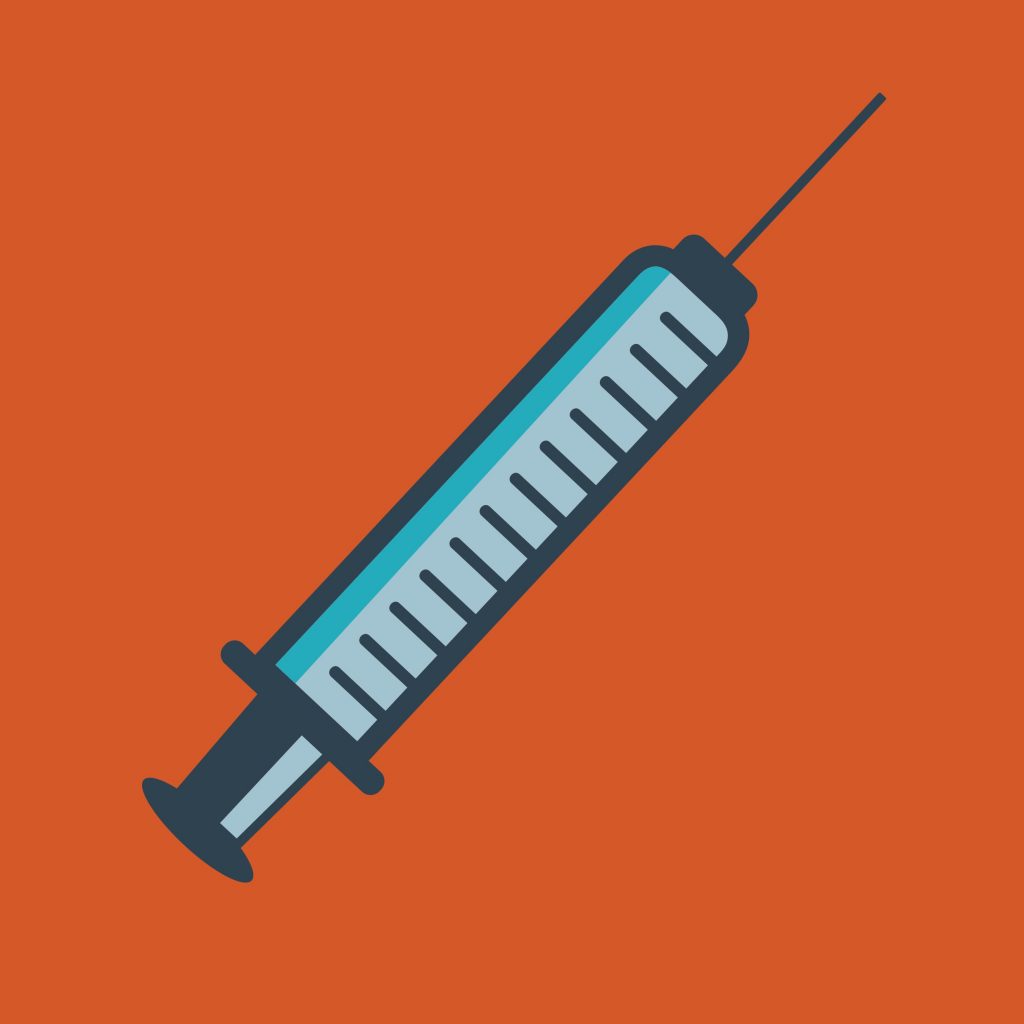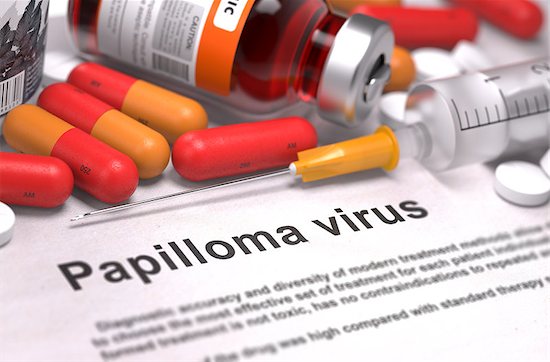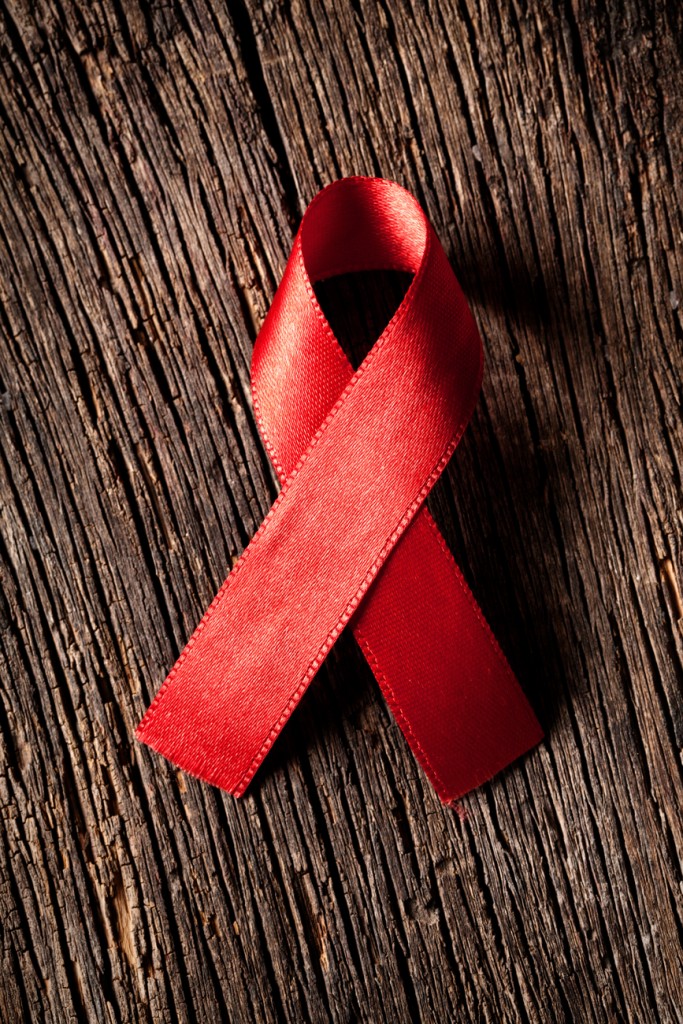Posts tagged HIV treatment

The State of HIV Care in Europe

There were more than 2 million new infections in Europe and Central Asia, where they need better HIV care.
More than 35 million people are living with HIV/AIDS worldwide. This disease is an epidemic that affects other countries differently. For example, the prevalence of HIV in the Eastern and Southern Africa is high. These regions make up almost 50 percent of the total number of people living with HIV in the world. Access to HIV care in these parts of the world are scarce, leaving their population without much protection and an increasing number of new infections.
Other countries like Europe and Central Asia have seen a recent a drastic increase of new infections. Within the past couple of years, these regions saw a 57 percent increase in annual new HIV infections. Overall, there are 1.5 million people who live with HIV in Europe and Central Asia. To curb this rise, the European Centre for Disease Prevention and Control (ECDC) evaluated their method for combating HIV.
The Continuum of HIV Care
The ECDC developed a framework called the continuum of HIV care, which monitors the success of their HIV response. This framework involves looking at data from over 48 countries across Europe and Central Asia. The ECDC’s most recent report, the ECDC Dublin Declaration, looks at four aspects of HIV prevention, which it categorizes into stages:
- S1 – The estimated number of all people who live with HIV (PLHIV).
- S2 – The number of all PLHIV who have a diagnosis.
- S3 – The number on PLHIV who have a diagnosis and who are on ART.
- S4 – The number of PLHIV on ART who show signs of viral suppression.
The ECDC’s Findings
The ECDC saw an increase in the number of countries reporting data on all four stages of the continuum, from 40 percent to 66 percent. As more countries participate in the continuum, the ECDC can develop a better analysis of the state of HIV. Here’s the breakdown of their findings:
- 37 countries from Europe and Central Asia reported data for both Stage 1 and Stage 2.
- An estimated 1,199,000 people live with HIV, and 75 percent of those individuals have received a diagnosis.
- 1 in 4 people with a diagnosis is not receiving treatment for the disease.
- 31 countries from Europe and Central Asia reported data for both Stage 3 and Stage 4.
- 599,500 people with a diagnosis are using antiretroviral drugs, and only 88 percent show signs of viral suppression.
What the ECDC Learned
Efforts to monitor and predict the spread of HIV is only as great as the number of countries participating. As a result, the ECDC has trouble estimating the number of people living with HIV (Stage 1) and those who are virally suppressed (Stage 4). The organization hopes to support countries in using their modeling tool to develop better estimates of who has HIV and how many people show signs of viral suppression.
With more data, the ECDC can identify which countries need help fighting the infection, as well as improve testing, treatment, and HIV care. Hopefully, efforts by organizations like the ECDC and UNAIDS will be able to slow down and reverse the spread of HIV.

Computer Analyzes Adverse HIV Drug Effects
Drugs are often a double-edged sword. While their purpose is to cure or alleviate symptoms caused, many of them come with complications. This is often the case with drugs for severe conditions such as HIV drugs.
Furthermore, HIV is one of the most troublesome diseases in the world. Medications help fight off the virus but they can also have adverse effects on the body. One of the most common drugs for HIV is abacavir. The side effects of this drug are rare but a certain portion (5 to 8 percent) of patients do experience an intense allergic reaction to it.
Abacavir is known to cause hypersensitivity syndrome. This is a life threating reaction which can cause fever, rash, nausea, vomiting, diarrhea, and abdominal pain. If patients have a particular human leukocyte antigen (HLA), these symptoms usually appear within the first two to six weeks of taking the HIV drug.
The HLA protein is a substance that induces an immune response. These proteins are located on the surface of a cell and often communicate with T-cells. If an entity other than a co-binding peptide binds to an HLA protein and changes it, the protein will deem it foreign. This signals the T-cells, and cause an immune response. Often, the abacavir drug appears as an unknown entity when it tries to bind to the cells.
Researchers Take a Closer Look at HIV Drug
A test was performed at North Carolina State University. Researchers used a computer model to get a closer look at the abacavir drug reaction on a molecular level. They wanted to see the drug’s interaction with the HLA proteins.
“There are 15,000 variants of HLA, and everyone carries some of these variants,” says Denis Fourches, assistant professor of chemistry at NC State. “HLA-B*57:01 is one of the first variants studied in the context of a drug-induced immune reaction. We know that it binds with abacavir, but little was understood about exactly what was happening structurally at the molecular level, especially in terms of the relationship with the co-binding peptide. This is a very complex system.”
The computer was able to create 3D models of the HLA protein, abacavir, and the co-binding peptides. Researchers simulated the docking process with and without co-binding peptides. They also ran simulations of the process with 13 other HIV drugs that have similar effects.
“The models allowed us to identify key atomic interactions that cause abacavir and other drugs to bind to the HLA variant protein and ultimately trigger the immune response,” Fourches says. “When you can forecast and understand the elements of the drug that enable the binding to occur, you may be able to create new active compounds that do not have that problem.”
The research team at NC state hopes that his in-depth look at binding process will provide them a better understanding of how the immune system reacts to drugs. With this knowledge, they can predict the side effects of medications. In the future, they can also build better drugs. Hopefully, they will avoid life-threatening situations.

How HIV Vaccine Development Looks in 2017
The new year looks to be a big one for HIV vaccine development. 2016 gave the HIV research community plenty to be optimistic about. A lot of tiny advancements were made. And when it comes to HIV, each tiny advancement is considered a huge win for those looking for a cure. Multiple encouraging trials took place last year. And researchers are looking to continue that momentum.
It’s helpful to keep up with the latest in HIV vaccine development. These small wins are cause for some hopeful celebration. With that in mind, here are a few of the most encouraging advancements around the world set to continue in 2017.
What’s Happening in HIV Vaccine Development in 2017
- Scientists in London have worked on a more radical vaccine that hasn’t been tried before. The vaccine is called the SAV001 vaccine. And it uses a killed whole virus as a way to get a response from the immune system. Diseases such as hepatitis A, polio, and rabies were treated this way. But never with HIV. In Canada, scientists recently used this in a trial for 33 HIV-positive patients. It was successful. Now they plan on testing 600 people who do not have HIV. This will test the vaccine’s ability to prevent the infection. The new trials for that study are due by September.
- South Africa has embarked on a study with 5,400 sexually-active men and women ages 18-35. This is only the seventh full-scale trial to take place for HIV. The vaccine being used in South Africa is similar to the one tested in Thailand that started back in 2003. The rate of infection was 31% lower than the group that got the placebo in the Thailand study. So, South Africa is looking to get that number up to 60%.
- Another vaccine is set to start this year in California. It’s inspired by the International AIDS Vaccine Initiative, Scripps, and La Jolla Institute. Unlike the other vaccines, this one is not expected to defeat HIV by itself. But it expects to build on specific immune cells that nearly all humans have. The vaccine’s goal is to generate those cells fast enough to stop the virus in its tracks.
As you can see, many vaccines are in the work to get rid of HIV once and for all. 2017 has a lot of promising studies in the works. And in the upcoming years, we’re bound to see more progress.

Why Gay Men Need to Take the HPV Vaccine
Over the past 5 years, the HPV vaccine has been made widely available for both women and men. Many health organizations are happy about this. They want it to be taken as early as possible. For example, the CDC suggests that kids between ages 11 and 12 get two doses of the vaccine. The younger they get vaccinated, the likelier it is to get rid of this widespread virus.
HPV is the most common sexually transmitted infection (STI). It can be spread through sex or skin-to-skin contact. There are 150 different types of the virus. Because of this, a large majority of sexually active people have had HPV at some point in their lives. But more often than not, it goes away without causing any health problems. Lasting HPV, however, can lead to genital warts or certain kinds of cancer.
As a precaution, everyone should take an HPV vaccine. Unfortunately, only a handful of countries approves of men taking it. This does not help prevent the virus from spreading. HPV is too common of a virus for this to happen. Sexually active men need to take this vaccine. Gay men especially.
The Need for Gay Men to Take the HPV Vaccine
Recent studies have shown that anal cancer is most often caused by HPV. They also note that men who have sex with men (MSM) are more likely to get anal cancer than men who only have sex with women. The prevalence of anal HPV is around 45% more common among MSM. Numbers like these make it clear that HPV is a greater risk to gay men.
Gay men with HIV are also greatly affected by HPV. One study showed that 77% of MSM with HIV were also infected with anal HPV. And another showed that 90% of them were infected with at least one type of HPV. These numbers are startlingly high.
As HPV awareness rises, there needs to be a push to start vaccinating men. Too many are at risk. And gay men are uniquely susceptible. Proving them with proper care for this virus will save a lot of lives.

90-90-90 Program: UNAIDS Treatment Plan for HIV
Research has uncovered information about HIV that has allowed progress to be made in the battle against this terrible disease. Vaccines and new approaches in medicinal therapies are being developed and tested. This process, as promising as it is, could take years before producing anything of use to the public. Despite these scientific breakthroughs, there are still pressing matters needing immediate attention. In an effort to address these matters, UNAIDS has move forward with a treatment plan called the “90-90-90” program might be implemented on a worldwide scale. But the 90-90-90 program has some obstacles to overcome—the largest one being the cost.
What Is the 90-90-90 Program?
The 90-90-90 program has three main objectives. First, to give a diagnosis to 90% of individuals with an HIV infection. The second goal is starting 90% of HIV-positive patients on antiretroviral therapy. The third objective is to have 90% of those on antiretroviral medications achieve viral suppression (making viral presence undetectable). The program has high aspirations that, if achieved, could mean a significant effect on the increasing number of new infections every year. Another byproduct of the program would be fewer children orphaned by the devastating effects of HIV and AIDS. It is hoped that with early detection and immediate treatment, more lives will be saved. The number of infections transmitted would be reduced as well if treatment was adhered to, and viral loads were sufficiently reduced.
Computer models have been used to help predict the results that this program would have over the next five to ten years. The 90-90-90 program would potentially prevent over 2 million new infections. Over 1.5 million children would not have to face the prospect of being orphaned. Millions of lives would be saved. What stands in the way of the program being set up around the world?
Money. The cost is very high, by some estimates over 40% more than what is currently being spent on similar efforts—bringing the total to $54 billion. Based on computer simulations, the program could be enough to bring the epidemic caused by HIV to an end. So while it would be an expensive venture, experts agree that the benefits would be worth it.




